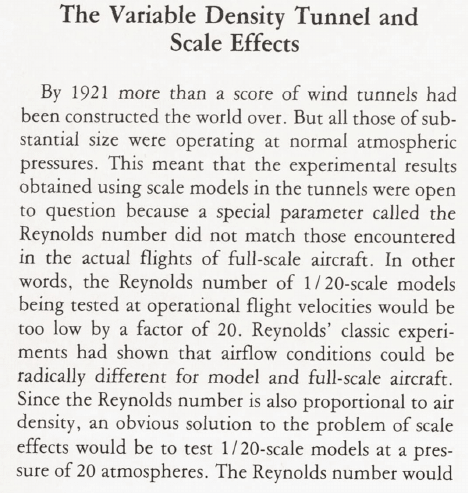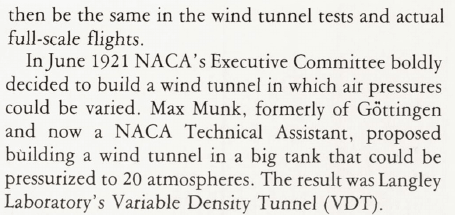TugboatEng
Marine/Ocean
- Nov 1, 2015
- 11,784
I wanted to put this in one of the aerospace groups but I'll let those stay technical.
Is my understanding correct that aerodynamics and flight characteristics don't scale? I know this is true for boats in water. If my understanding is correct, building small flying models does not contribute to knowledge of the full scale aircraft.
It seems that Overture is burning their budget building small test aircraft to prove concepts that were well understood 60+ years ago.
Maybe this is a failure in the making.
Is my understanding correct that aerodynamics and flight characteristics don't scale? I know this is true for boats in water. If my understanding is correct, building small flying models does not contribute to knowledge of the full scale aircraft.
It seems that Overture is burning their budget building small test aircraft to prove concepts that were well understood 60+ years ago.
Maybe this is a failure in the making.



